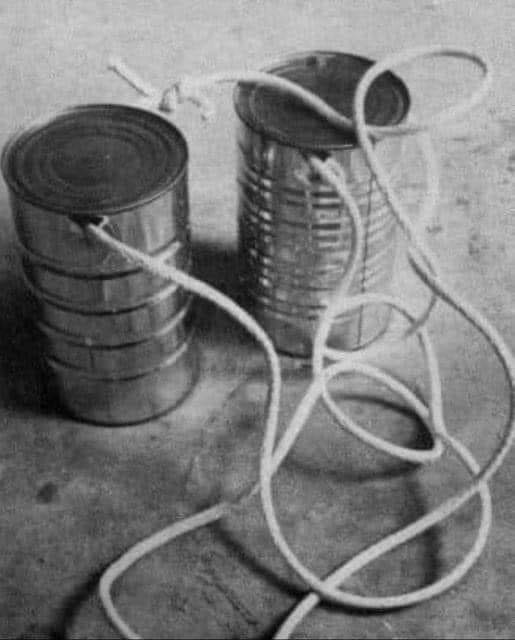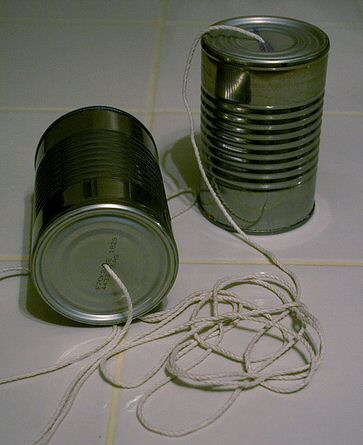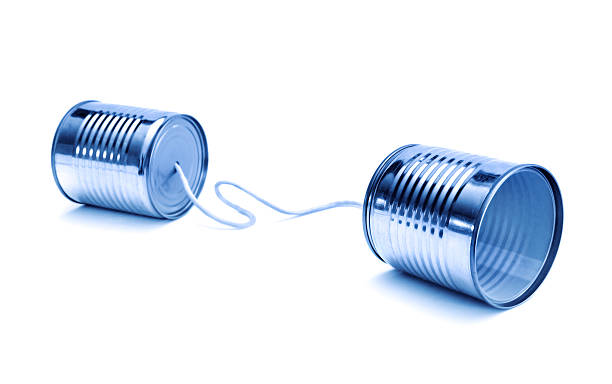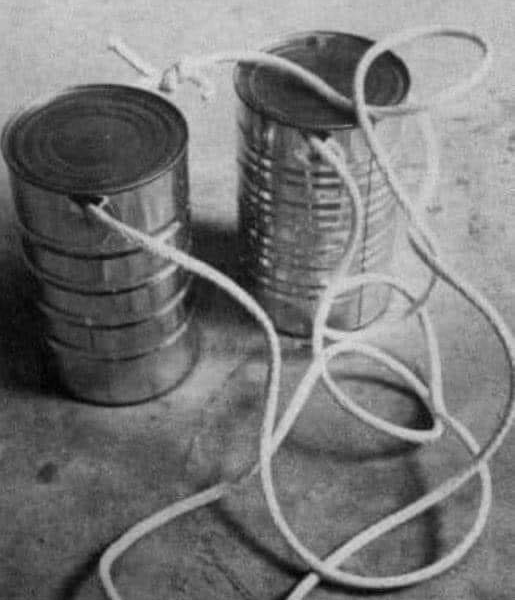Imagine a world where communication across long distances relied solely on written letters or in-person conversations. That was life before the invention of the telephone in 1876, a device that transformed human interaction forever. From Alexander Graham Bell’s initial creation to today’s smartphones, the telephone has evolved dramatically. But what about homemade telephones, like the classic string-and-cup model? These simple devices, often built by curious kids and hobbyists, demonstrate the basics of sound transmission and echo the spirit of early acoustic communication. Let’s explore the history, mechanics, and fun of making your very own homemade telephone!
The Early Beginnings of Telephone Technology

The concept of the telephone began long before Bell’s famous invention. Early forms of telephones relied on acoustic devices to transmit sound. The principle was straightforward: sound travels through vibrations, which can move along materials like wire, string, or even tin cans. One of the simplest examples of this is the string-and-cup telephone, a popular homemade device among children and educators that uses string to carry sound vibrations between two cups.
Before the telephone as we know it came into existence, several key milestones paved the way:
- 1672: Robert Hooke’s Acoustic Telephone
English scientist Robert Hooke was among the first to experiment with sound transmission through string. He demonstrated that sound could travel along a stretched wire or string from one end to the other, inspiring the later development of the string telephone. - 1838: Morse Code by Samuel Morse
Although not a telephone in the traditional sense, Samuel Morse’s invention of Morse code in 1838 enabled long-distance communication through telegraph lines. This system allowed messages to be sent by pressing and releasing a button in specific intervals to form patterns of sounds. - 1876: Alexander Graham Bell Invents the Telephone
Alexander Graham Bell’s creation of the telephone marked the birth of modern voice communication. His groundbreaking device was capable of transmitting speech through electrical signals, bridging distances like never before.
How Homemade Telephones Work: Understanding the Basics
Building a homemade telephone is not only fun but also a practical way to understand the principles of sound transmission. Here’s how it works:
- The classic string-and-cup telephone consists of two cups (often tin cans or plastic cups) connected by a taut string.
- When you speak into one cup, the sound waves from your voice create vibrations in the cup’s base.
- These vibrations travel along the string to the second cup, where they are converted back into sound waves, allowing the listener to hear your voice.
- The key to making this work is keeping the string taut, as loose strings disrupt the vibration flow, weakening sound transmission.
This simple experiment provides a hands-on understanding of how early acoustic telephones worked and demonstrates the basic mechanics of how vibrations carry sound.
Alexander Graham Bell: The Man Behind the Invention
Alexander Graham Bell, a Scottish-born inventor, is widely recognized for his role in the creation of the telephone. Bell’s fascination with sound and speech began in his childhood, influenced by his work with the deaf community and his experimentation with sound transmission.
In 1871, Bell traveled to Boston to train teachers at a School for the Deaf. By 1874, he was working closely with Thomas Watson, an electrician, to develop a device that could transmit speech. On March 10, 1876, Bell successfully made the first-ever telephone call to Watson, uttering the famous words, “Mr. Watson, come here. I want to see you!” This moment marked the beginning of a new era in communication.
Bell’s work didn’t stop with the invention of the telephone. He continued to innovate, founding the Bell Telephone Company in 1877 and contributing to scientific research, particularly in fields related to sound and communication. His dedication to improving communication for the deaf also led to the establishment of a research center for studying deafness, which remains active today.
Building Your Own Homemade Telephone: A Fun Experiment

Want to experience the basics of early telephone technology? Building a homemade telephone is a simple and engaging project. Here’s how you can make one with basic materials:
Materials Needed:
- Two plastic cups or tin cans
- A long piece of string (preferably cotton or nylon)
- Scissors
- A nail or pen (to poke holes)
Step-by-Step Instructions:
- Prepare the Cups: Use a nail or pen to poke a small hole in the bottom center of each cup.
- Thread the String: Insert the string through the holes in each cup and tie a knot at each end to prevent it from slipping out.
- Stretch the String: Move away from each other until the string is taut.
- Test It Out: Have one person speak into one cup while the other listens through the second cup. You’ll be amazed at how well sound travels!
This DIY telephone is not only a nostalgic throwback to childhood fun but also a valuable educational tool for understanding the principles of vibration, sound waves, and communication.
The Evolution of the Telephone: From Cans to Smartphones

The telephone’s journey from its early acoustic forms to today’s smartphones is nothing short of remarkable:
- 1927: First Transatlantic Phone Call
Just 50 years after Bell’s invention, the first transatlantic phone call was made between the U.S. and the U.K., showcasing the rapid advancements in long-distance communication. - 1965: Introduction of Picture-Phone Service
As communication technology advanced, Bell Laboratories introduced the first picture-phone service in 1965, laying the foundation for video calls. - 1983: Motorola Releases the First Mobile Phone
The launch of the Motorola DynaTac in 1983 marked the beginning of the cellular phone era, allowing for mobile communication without the constraints of wires. - 2008: Rise of Smartphones
With the release of the Android operating system and the iPhone, smartphones revolutionized communication once again, merging telephone capabilities with internet connectivity, apps, and more.
Why Homemade Telephones Still Matter Today
In a world dominated by digital devices, the simplicity of a homemade telephone reminds us of the fundamentals of communication. It encourages curiosity, creativity, and a hands-on approach to learning, especially among children. Building a homemade telephone also serves as a playful nod to the roots of communication technology, illustrating that even the most advanced devices have humble beginnings rooted in basic physics.
Conclusion: Rediscovering the Magic of Communication
The history of the telephone is a story of innovation, persistence, and the desire to connect people across distances. From Alexander Graham Bell’s groundbreaking invention to the basic string-and-cup model, telephones have evolved tremendously over the years. Making a homemade telephone isn’t just a fun experiment; it’s a way to appreciate the simplicity and ingenuity of early communication devices. So, grab some string, find a couple of cups, and let the conversation flow—just like in the good old days!




